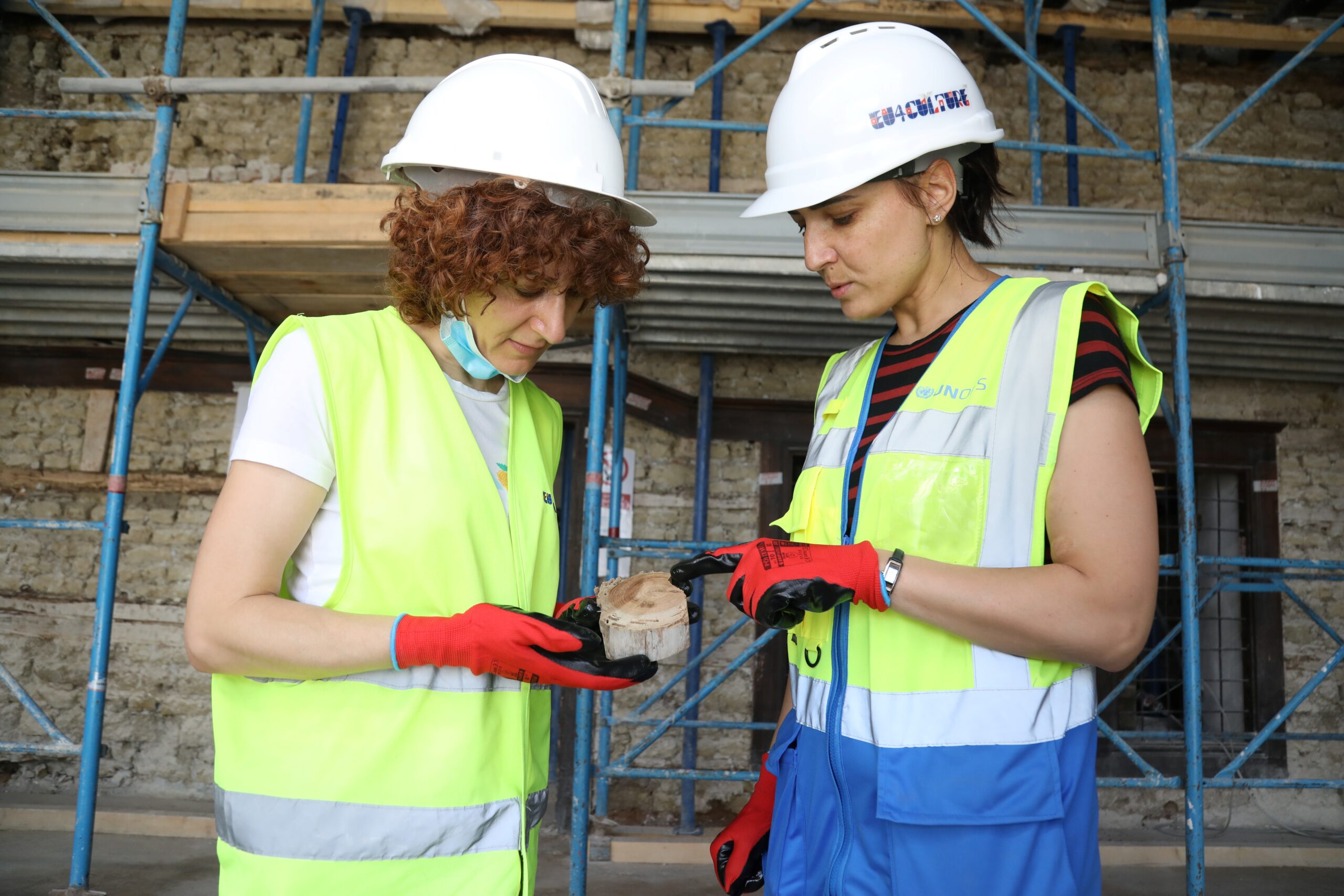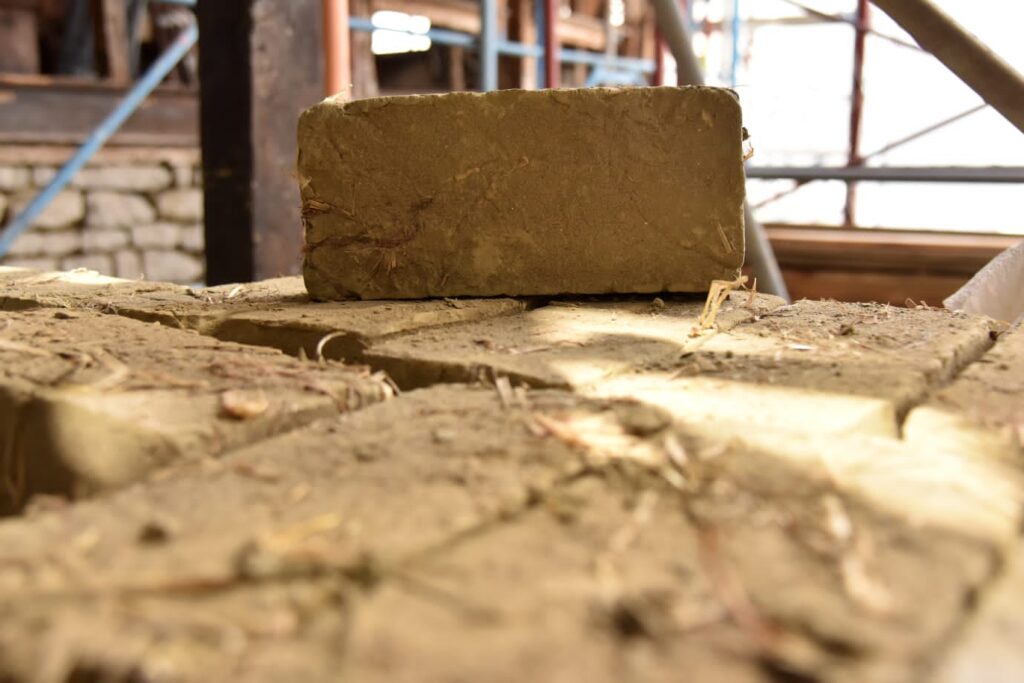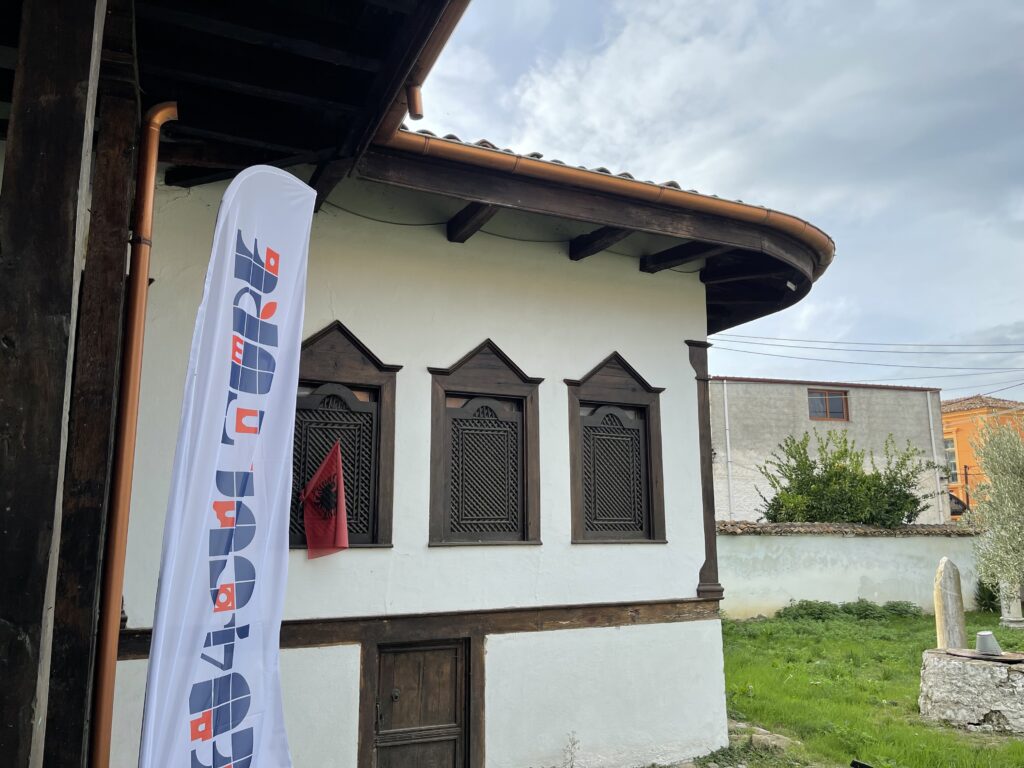Reviving Ancient Eco-Friendly Practices in Restoration

As Earth Day prompts us to reflect on our environmental footprint, it’s worth looking back to a time when sustainability wasn’t just a buzzword but a normality.
Ancient architects lacked many modern technologies that we take for granted today but they often came up with effective, efficient and eco-friendly solutions that today’s builders can learn from.
These early builders harnessed the full potential of their local environment, utilizing materials like stone, straw, clay, wood — all locally sourced and minimally processed. This method of construction not only reduced the ecological impact but also ensured that buildings were perfectly adapted to their local climate.

In the spirit of these time-honored practices, the EU4Culture has been working to restore historical monuments across Albania, emphasizing the use of original materials and authentic techniques. One standout project is the restoration of the Ethnographic Museum of Kavaja in Albania. Originally built in 1800 by the Arkaxhi family, this one-story residential dwelling was later transformed into a museum in 1971. In line with predominant techniques of that time, its walls were made of adobe bricks, reinforced with a timber lacing system, and its floors were constructed from rammed earth.

The building suffered significant damage during the 2019 earthquake, necessitating an extensive restoration effort. The restoration team went to great lengths to source and reproduce the original materials. They delved into the ancient technique of brickmaking, producing adobe bricks by mixing clay with straw, shaping them in molds, and then drying them in the open air. The mud mortar used was similarly based on traditional recipes. This careful replication of historical construction methods ensured not only the building’s physical integrity but also its historical authenticity.

The completion of the museum’s restoration marks a significant achievement for the EU4Culture program. The building is undergoing full refurbishment, including upgrades to its infrastructure to meet modern standards while still respecting its historical essence. New museum displays and contemporary multimedia interpretation equipment are being installed, enhancing the visitor experience and sparking their interest in learning more about the history of their homeland.
Beyond the tangible improvements, the restoration project serves as a powerful reminder of the sustainability lessons embedded in historical architecture. The use of locally sourced, minimally treated materials represents a model of eco-friendliness that modern construction can aspire to. This Earth Day, as we consider the ways to reduce our environmental impact, the restoration of Kavaja’s Ethnographic Museum offers an example of how looking back can help us move forward more sustainably.



